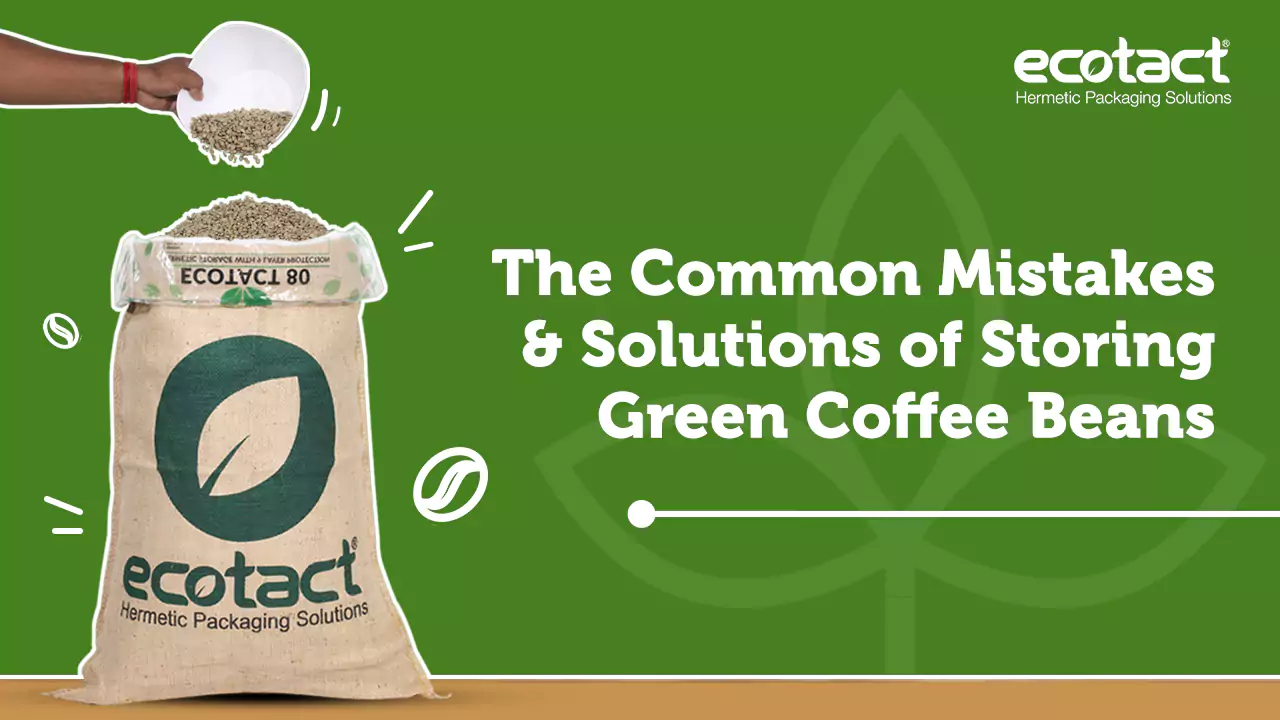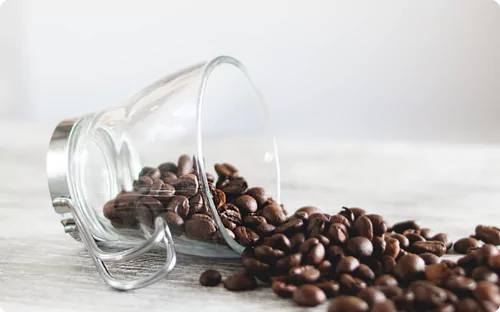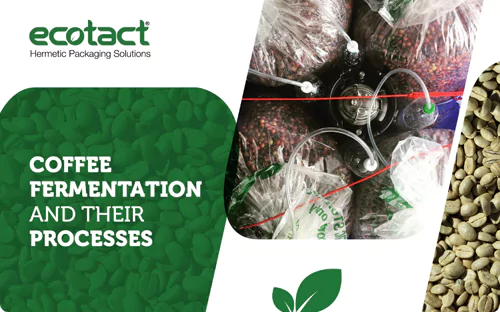Over 2.3 million cups consumed in a minute globally, Coffee is arguably one of the most beloved and fourth most consumed beverages in the world. The journey of its aroma from the farms to a freshly brewed cup isn’t the most convenient.
Every roaster/importer encounters some challenges in keeping the freshness of green coffee intact. In general, green coffee can retain its quality for up to a year after harvest. But this lifespan is immensely influenced by its environmental conditions.
An optimal quality green coffee has moisture content of about 8-12%. Moreover, the water activity can range between 0.45aw – 0.55aw. Both of these are two most important features which need to be preserved to increase the shelf life and keep the freshness intact.
There are certain potential threats to the commercial quality of coffee like:
Excessive Light
High Humidity
Temperature Fluctuations.
Packaging material used.
Oxygen exposure and moisture ingression
High temperature in warehouses.
Rodents and insects (not their favourite food but can cause damage)
High temperatures are particularly bad for green coffee as fragile aromatic compounds and flavors can evaporate. Additionally, Coffee being hygroscopic in nature tends to absorb atmospheric moisture and can lead to mold growth. Ruining the taste and cupping score of the coffee.
Besides, another crucial threat is the microbial reactions with green coffee. Molds, especially those that contain mycotoxins and ochratoxins, can be a health hazard.
This leads to certain flavors getting affected by mold. That causes the coffee to taste moldy, earthy, and even phenolic. Even if mold doesn’t develop, an unstable water activity may lead to a reduced shelf life for the coffee. The beans may develop “past crop” flavors, with faded notes and aromas.
That’s why keeping a track of water activity is important, not just for safety, but as an indicator of potential chemical and physical reactions.
Well, so many threats but the good news is that an excellent solution DOES EXIST!
Hermetic Packaging!
The list of endless potential threats to coffee can effectively and efficiently be avoided with the use of Ecotact hermetic Packaging. The 9 layers of protection keep the moisture, oxygen levels; the key indicators of freshness of green coffee at optimal levels. Thereby, increasing the shelf life of coffee and easing the process for roasters, importers and all the entities involved in coffee journey.
Though a lot of importers/exporters use different kinds of green coffee bags ; food grade jute bags, polypropylene bags etc but Ecotact hermetic Bags are used as primary packaging in the coffee industry. .
There are a few key things to be kept in mind while packing the coffee beans in hermetic packaging:
Is the green coffee dried properly before packaging?
Not sealing the vacuum sealed coffee bags properly.
Keeping an eye on tampered or broken coffee packaging bags.
Not using the correct hermetic packaging.
The core idea behind the Ecotact hermetic packaging bags is to cut off any probable entry of atmospheric oxygen and moisture. The 9 layers are meant to act as a high barrier to preserve the coffee for a long duration by keeping the moisture and rodent/insect infestation away. All coffee packaging bags aren’t able to successfully preserve the true essence of green coffee.
So that your mornings begin as fresh as it can get! All owing to the best coffee packaging with Ecotact.
 English
English
 Spanish
Spanish French
French


